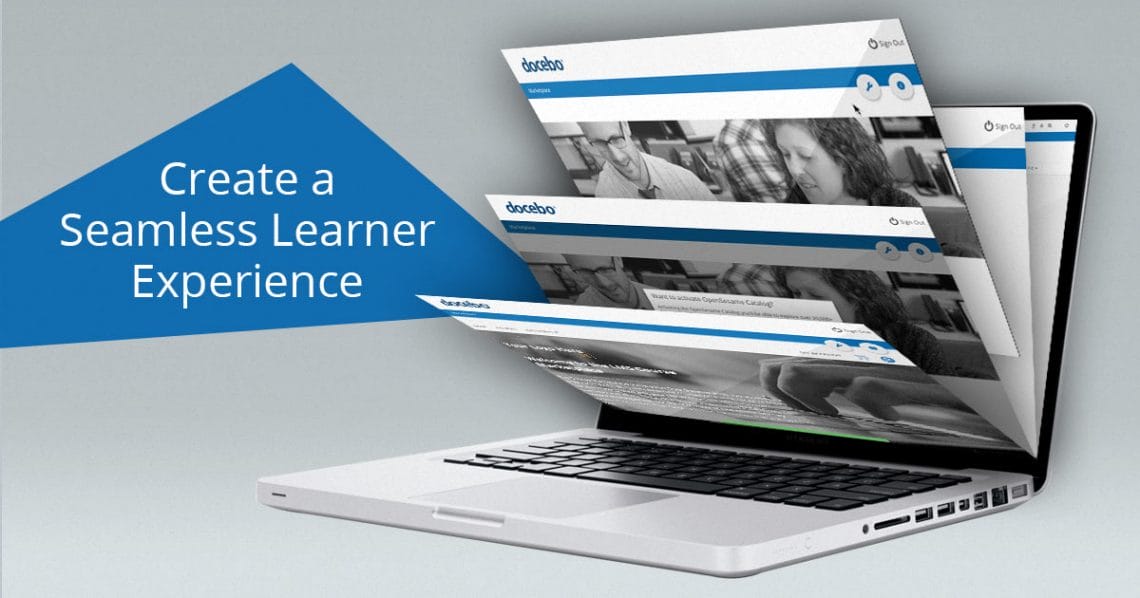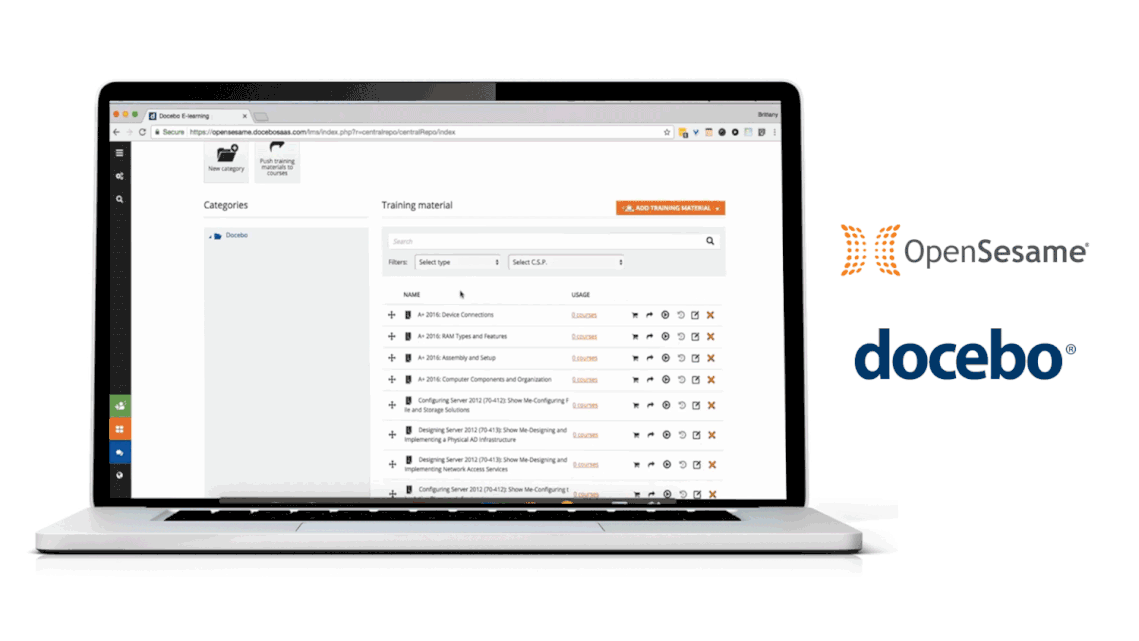
75% of organizations improved their ability to deploy eLearning content with an OpenSesame LMS integration
Creating a valuable learner experience can make a lasting impact on adoption and engagement. Let’s take a closer look at how learning and training administrators can create an optimal learner experience by streamlining the content delivery process from procurement to deployment.
SCORM: The Universally Compatible Course Format
Although many online learning platforms have proprietary course building tools, the use of Shareable Content Object Reference Model (SCORM) compliant courses is invaluable. SCORM allows for eLearning course compatibility across learning management systems (LMS). This creates an enhanced, standard experience for courses. However, the learner experience can be further simplified and enhanced with integrations between a content provider and an LMS.
Access, Ease, and Ability
Through an integration, learning administrators have the ability to browse, purchase, sync, and deploy courses directly through their learning management system. OpenSesame integrates with Docebo which allows LMS administrators to have access to the entire OpenSesame embedded catalog. This type of integration is useful because it essentially connects the functionality of OpenSesame’s content library with the functionality of Docebo’s LMS, meaning that LMS administrators get the best of both platforms.
Integrated content enables learning administrators to maximize their LMS. Embedded content catalogs give training professionals the ability to do everything from browsing, purchasing, and syncing courses all in one place. In Docebo’s LMS, you even have the ability to instantly assign learning tracks with OpenSesame courses. Additionally, this means that learning managers are already equipped with the functionality to manage usage and add or remove training courses as needed. You can filter and find courses to meet your training needs just as you would on the OpenSesame website.

Save Time and Avoid Long Data Syncs
Content that can’t easily sync into your legacy systems often leads to extra hours spent manually importing courses or additional service fees from your provider to load the courses on your behalf. That’s valuable time taken away from enhancing your learning program. An embedded content catalog makes it easy to administer content all in one place.
Having an LMS with an integrated content provider saves resources. An April 2017 survey by TechValidate found that 75% of surveyed organizations improved their ability to administer and deploy eLearning content after they used an OpenSesame integration with their LMS. For learning administrators this means that you can easily sync hundreds of courses in a matter of minutes. Most importantly, this is something that can be done seamlessly and independently without having to contact additional resources for uploading content.

To learn how to get more as a learning administrator, download our guide to automatically get 14 free courses here.
Try the Docebo and OpenSesame integration to improve your learner experience today!

About the author
Spencer Thornton is the Vice President of Content at OpenSesame and is an eLearning industry veteran with over 15 years of experience in the space. As the VP of Content, Spencer splits his time between helping existing content partners be successful selling their content in the marketplace and recruiting new groundbreaking training providers to join the team.
